Paris has fallen in love with 'garden skyscrapers' – but will it end in highrise remorse?
After a protracted ban on buildings more than seven storeys high, Paris has grand plans for a garden skyscraper. But critics have called it 'greenwashing' the skyline

Your support helps us to tell the story
From reproductive rights to climate change to Big Tech, The Independent is on the ground when the story is developing. Whether it's investigating the financials of Elon Musk's pro-Trump PAC or producing our latest documentary, 'The A Word', which shines a light on the American women fighting for reproductive rights, we know how important it is to parse out the facts from the messaging.
At such a critical moment in US history, we need reporters on the ground. Your donation allows us to keep sending journalists to speak to both sides of the story.
The Independent is trusted by Americans across the entire political spectrum. And unlike many other quality news outlets, we choose not to lock Americans out of our reporting and analysis with paywalls. We believe quality journalism should be available to everyone, paid for by those who can afford it.
Your support makes all the difference.Planting a tree on top of a tower, where high winds thrash, takes more careful preparation than you might realise, explains architect Stefano Boeri. But growing a forest that covers a skyscraper means rethinking architecture from the soil up.
Boeri is the visionary behind a pair of residential towers in Milan studded with 800 trees and several thousand shrubs and plants. Named Bosco Verticale, it is the first real-world example of the “vertical forest” concept that he hopes will soon take root across the world’s cities.
“My approach is that we design a house for trees. We really consider if the architecture has the support for trees to express their lives, their individuality. For sure, we then design the house for humans, but we start with the idea that we design for trees,” Boeri tells The Independent.
Bosco Verticale opened its doors in 2014 and has since won acclaim from international awards juries, as well as 20 different species of nesting bird who have made it their home.
But Boeri says this “prototype” cannot be duplicated elsewhere. Building another vertical forest would mean starting from scratch, to respond to what is on offer in terms of space and light – selecting specific trees and plants to fit the climate, whose needs must be fed back into the building’s design.
“We start again every time,” says Boeri. “We cannot simply copy and paste, copy and paste, copy and paste.”
For Paris, whose politicians are ushering the city out of a four-decade ban on tall buildings, Boeri’s statement comes as a word of caution.
In April, the French capital announced a stunning tree-covered timber-frame “vertical village” designed by Japanese minimalist Sou Fujimoto, which follows the eco-makeover set for the imposing Tour Montparnasse and the 180 metre zero-energy “garden skyscraper” for the southeastern suburbs at Charenton-Bercy.
Plans for a residential and office district called “Balcon Sur Paris”, in Villiers-sur-Marne on the city’s eastern edge, list 12 different tree-covered developments, including one by starchitect Kengo Kuma and another by Boeri that will host 2000 trees. Boeri calculates his project alone will gift the city an additional hectare of forest.

Many more greenery-clad projects have been planned for the Paris metropolitan area as part of a grand competition to develop more than 100 plots of city land, named “Let’s Invent the Greater Paris Metropolis”, with projects chosen by the city’s local mayors with the aim of exhibiting the capital’s creativity and environmental credentials.
Paris’s leaders are falling back in love with big urban projects, after a protracted ban on buildings over seven storeys high, following the construction of the original black tower of Montparnasse in 1973.
In the past two years, the city’s confines have ballooned, with the creation of the “Grand Paris” metropolitan region, which hopes to close the historic gulf between the central arrondissements and orbiting suburbs – home to the other relics of a time when Paris built big, the hulking post-war housing estates known as the Grands Ensembles.
Breaking with the concrete and glass facades of those 20th century giants, the new fairytale projects have won officials’ approval by promising to be anti-skyscrapers. Far from overbearing their surroundings, these monuments to nature will provide verdant vistas, cleaner air and butterflies, birds and biodiversity, their designers claim.
Boeri is hopeful that his own project can add new twists – like a wooden frame and variegated planters – to his success in Milan and he says he sincerely wants other architects to “do better” than he has, pushing the vertical forest concept further in Paris.
Others see a crisis ahead.
With only the Bosco Verticale to look to as a working protoype in Europe, plus other tree-trimmed structures taking shape far away in China, there is little solid evidence that garden skyscrapers will bring the benefits of cleaner air and greater biodiversity to a city like Paris, especially where trees are being lost or overshadowed to build them.
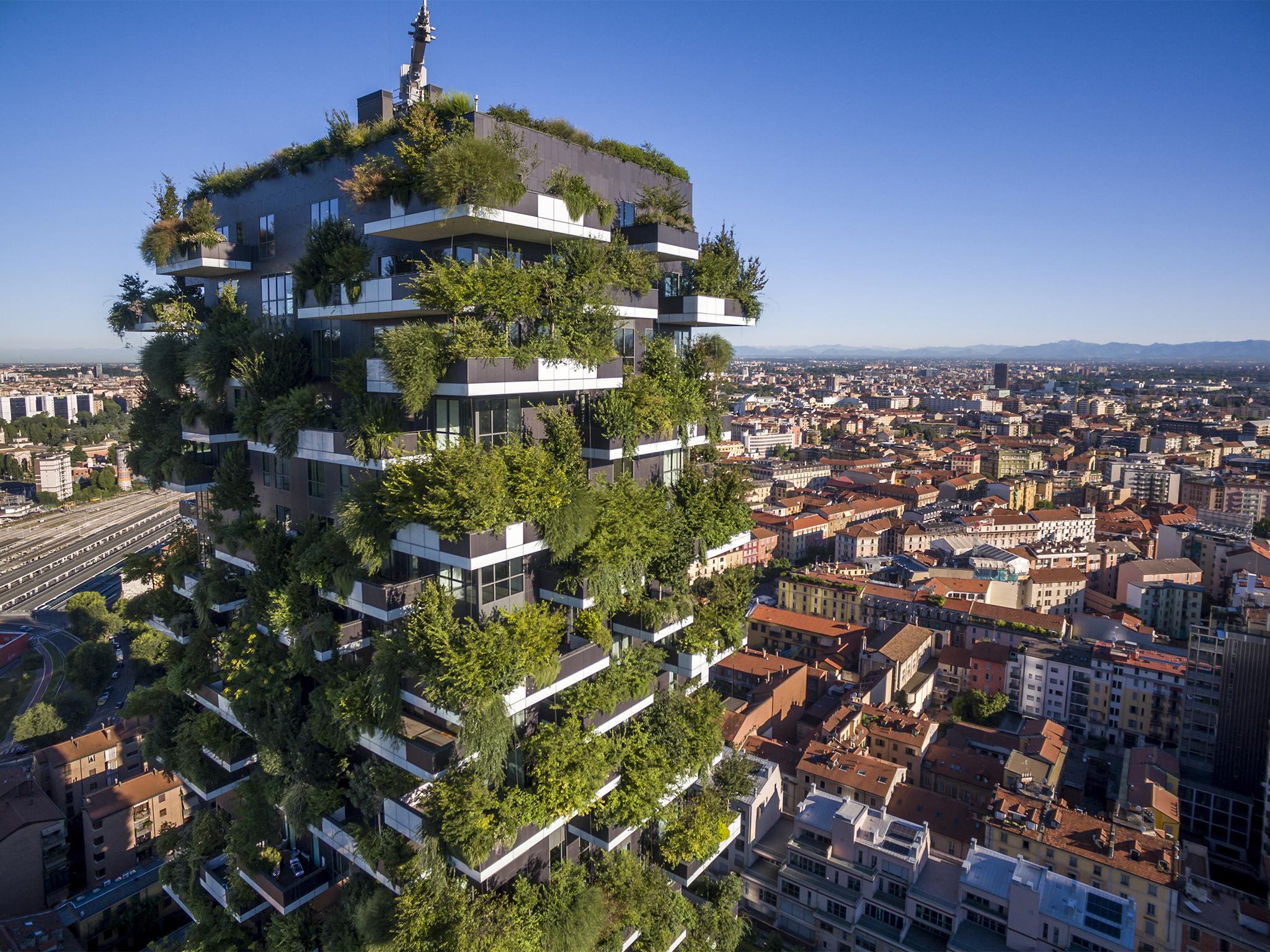
Tellingly, Boeri calls the Milan tower a “prototype but at the same time an experiment”. The towers achieved their goal of hosting 20,000 plants and attracting families who take passionate care of their gardens, Boeri says, plus tests indicate the trees have cut energy consumption in summertime by cooling the building naturally.
But the architects continue to subject the building to studies to learn more lessons about the extent to which it absorbs CO2 and dust particles, as well as the diversity of species that can live there.
And there’s no guarantee that all developments will share Boeri’s steely commitment to the “vertical forest” vision.
Design podcast 99 Percent Invisible has highlighted the extra challenges “treescrapers” face translating concept to completion. It details how concrete and steel needed to support to trees’ weight and plants’ irrigation systems push all but the most committed architects to pair back greenery. All this extra steel and concrete has a carbon cost, too.
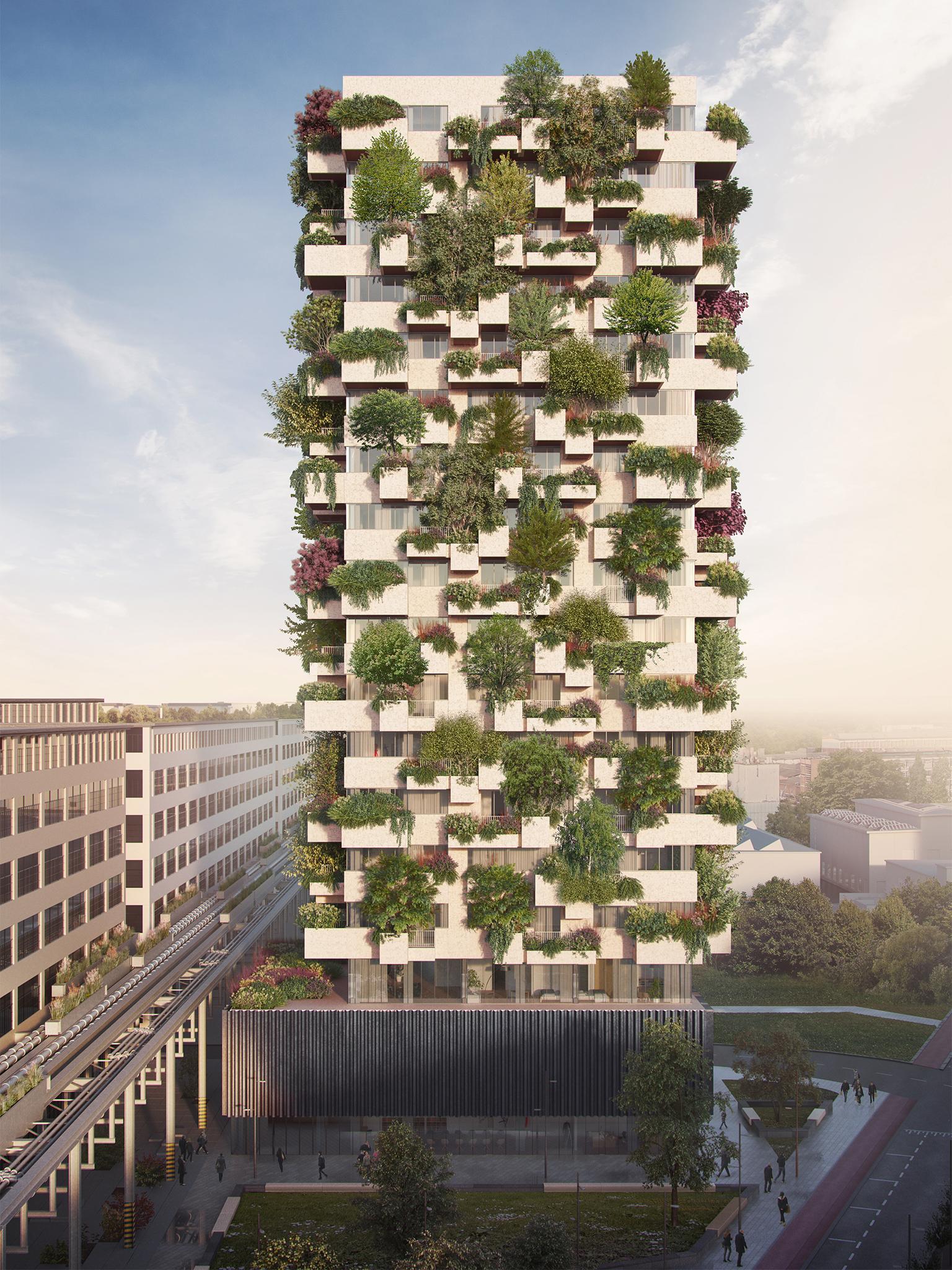
Penelope Komites, Paris’s deputy mayor, in charge of parks and biodiversity, says vertical forests form part of a broader plan to green Parisian streets, which will bring undoubtable environmental and social benefits.
But Komites admits that there may be differences between the skyscrapers’ renderings and reality, especially in the first years as the vegetation grows. Komites says the competition jury has the expertise to rule out unrealistic projects and, as with any new building, planning laws give the city legal recourse should these projects fail to deliver on their promises.
“Today, city dwellers have a desire for nature – buildings that are green and cultivated are one of the answers to this need,” says Komites.
But France’s Green Party – Europe Ecologie-Les Verts – are unconvinced of developers’ promises and wary of claims of environmental benefits. They have launched a petition to halt all new skyscrapers in Paris, including the green ones.
“There is no real democratic debate on the projects because only insiders are informed and the information given is very partial,” says Yves Contassot, Paris councillor for the 13th arrondissement, one of the city’s most built up areas.
Worse, Contassot is one of many Parisians who fear green towers could be trojan horses for the type of skyline-blemishing, bland towers that Paris has fought so hard to avoid: the councillor using the English jargon “greenwashing” to describe how promises of sustainability can ease environmentally dubious projects through planning processes.
In an era of promise-all digital renderings, when no project begins without a digital model dripping fantastical sunlight – often alongside waterfalls and foliage fit for Jurassic Park – watching projects progress from vibrant image to anaemic reality has become a sport for jaded critics on social media.
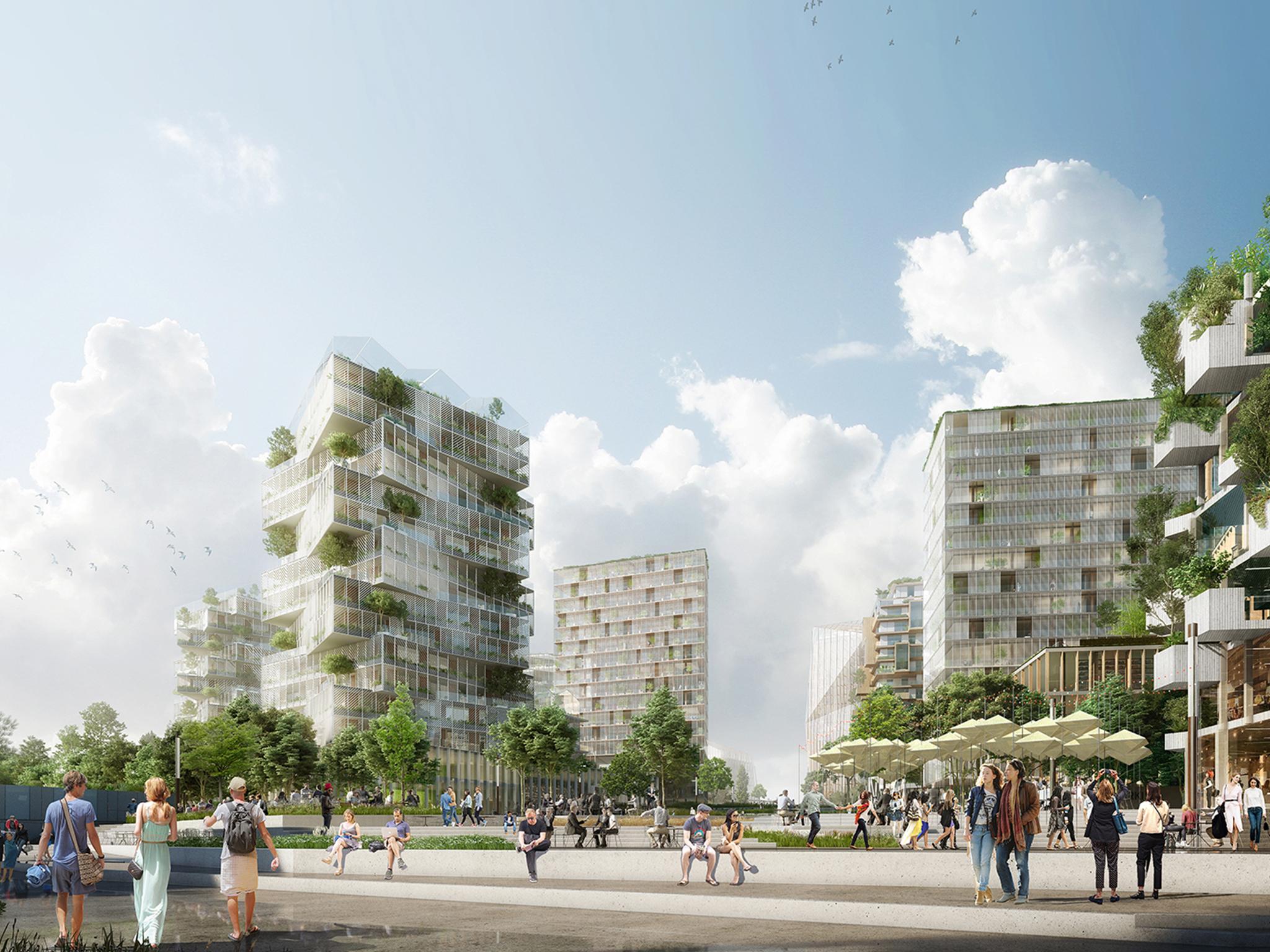
Compare the lush renderings originally produced for the Sky Garden on top of 20 Fenchurch Street, the so-called Walkie Talkie in the City of London, with reality. The renderings sold a rainforest and delivered a parsley garnish on a corporate concrete, shows BBC broadcaster Tim Dunn.
But the stakes are higher in Paris, where the trees are the raison d’être for the Paris competition winners, like Boeri and his neighbours in Villiers-sur-Marne, selected by a checklist for “innovation” and “environmental impact”, among key aesthetic factors.
Laura Gatti, a landscape architect with 20 years’ experience who worked with Boeri on the initial plans for the Bosco Verticale, says success requires a brave developer who allows the project to be led by trees and refuses to take shortcuts.
At the Bosco Verticale, Gatti says trees were purchased four years before opening, bucking developers’ usual habit of only addressing greenery with whatever little money is left in their pocket when construction is complete, she says.
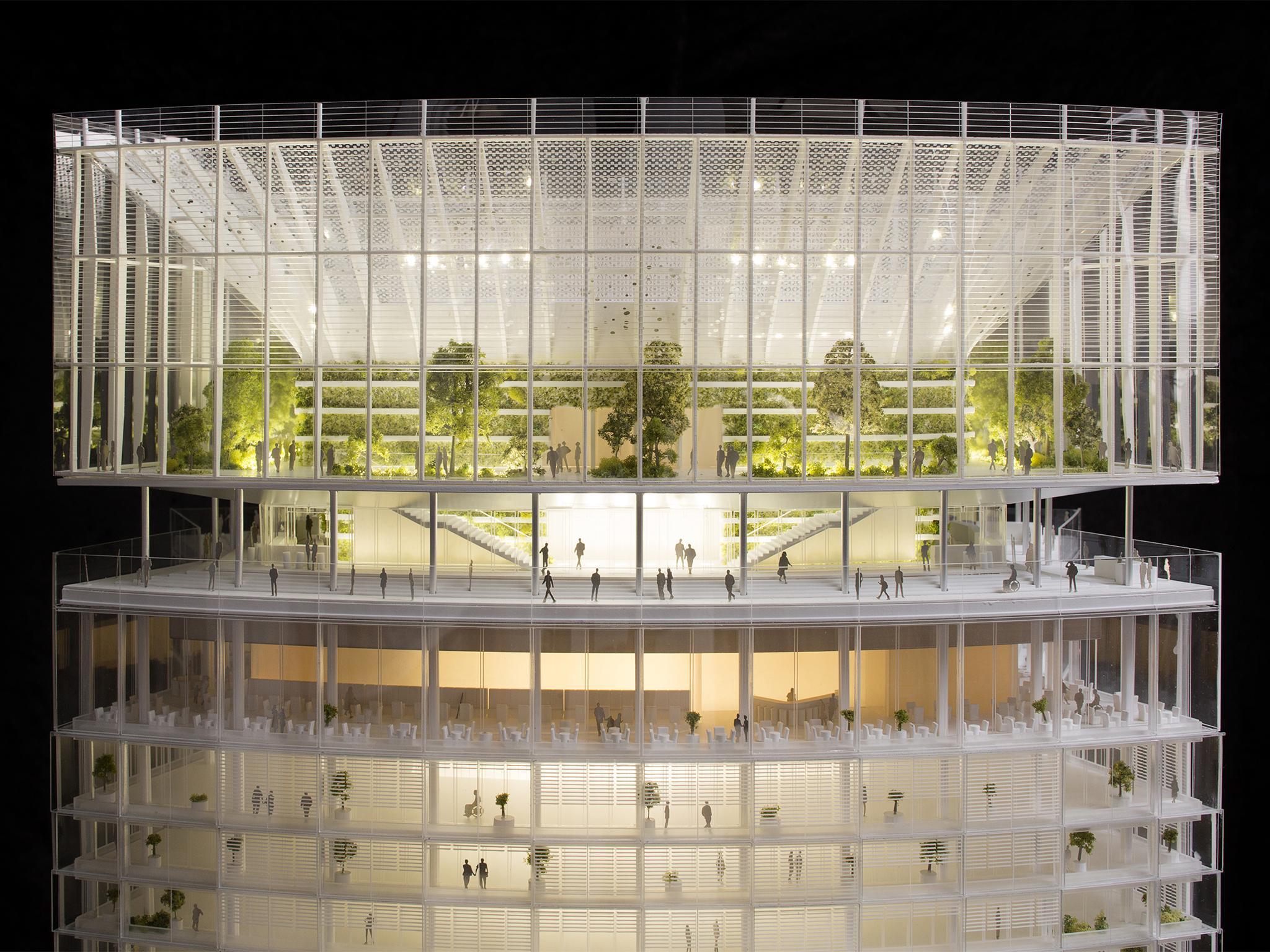
“I selected the trees in the nursery, and I follow the trees during the cultivation period. I teach the people how to take care of these trees, actually, pruning with them to where to show them prune exactly,” says Gatti, who is also working with Boeri on the project at Balcon Sur Paris.
It took years of work to prepare soil, irrigation and engineering solutions, and to train the trees for their life in the sky, dissipating the pressure of howling winds to protect the building from strong gusts.
“Safe means without defects, and defects lie in bad cultivation techniques, which come from bad techniques in nursery,” she adds.
“You don’t have to just select the right trees, you have to correct some defects, and follow their development. Once this kind of training has been done, the tree is safe.”
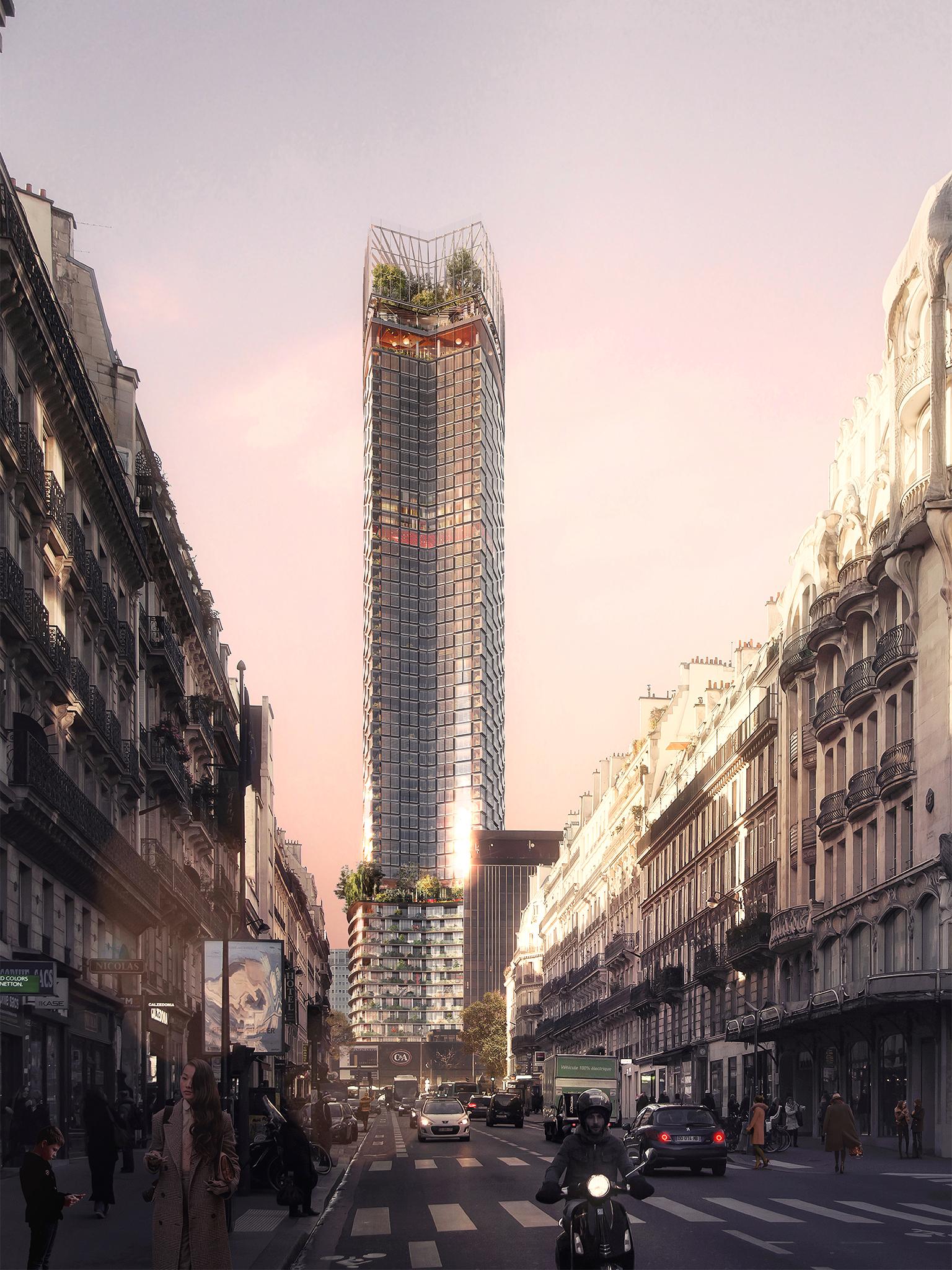
For the projects pegged to the Paris eco-friendly plans for the Olympic Games in 2024, the vertical forest’s four-year timeline already leaves little margin for error.
Paris has promised to deliver the most sustainable games ever, and the city will hope to have many projects in bloom as markers of the city’s agenda to become an environmental leader under Socialist Party mayor Anne Hidalgo.
Tour Montparnasse, perhaps the city’s most prominent greeningproject, joins projects near the Olympic site at Saint Denis whose development is due to complete in time for the opening ceremony.
But ties to the Olympics are a double-edged sword.
Stratford is the once neglected east London neighbourhood where London’s games made huge strides in terms of greening, says Blanche Cameron, lecturer in environmental design at the Bartlett School of Architecture in London.
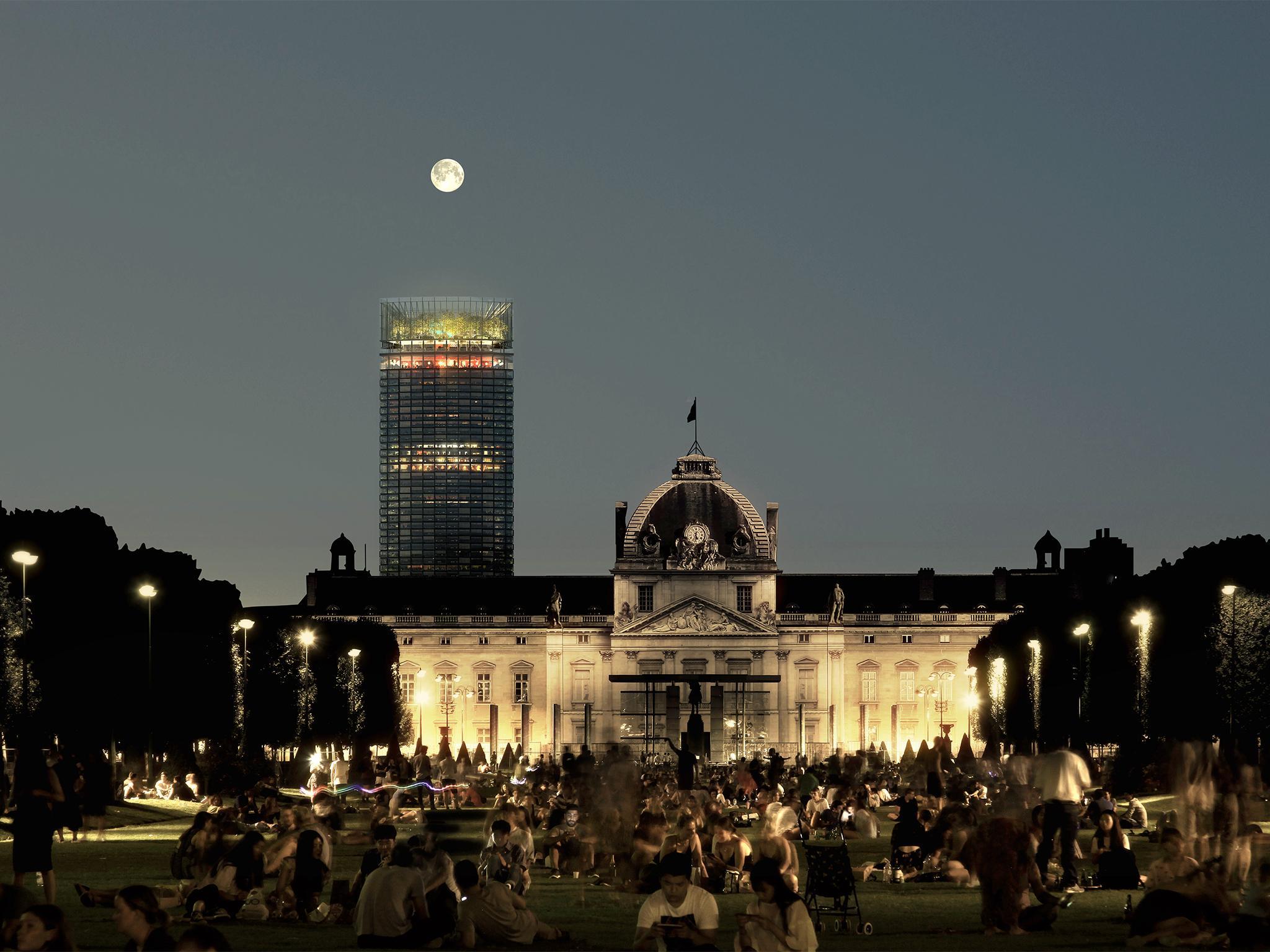
The East End gained new wetlands, led the creation of the city’s biodiversity strategy, and trialled bio-solar electricity on top of the Olympics TV centre, explains Cameron, who says Paris’s green skyscrapers can help change public perception and address climate problems.
But Olympics remain synonymous with the kind of over-promising and under-delivering that Paris’s Green Party are warning about.
Every Olympics on record has overrun on costs – the average games costing more than two-and-a-half times its original budget, according to a study by Oxford University. If Paris sticks to historical trends, it can expect its €6.8bn (£6bn) budget will end up as a €17bn bill.
Recent big overspends in Beijing, London and Rio have created few architectural triumphs, with numerous grandiose plans – like the muscular vision for London’s Olympic Stadium that sold the games to the public – scaled back to hit hard deadlines and keep costs from ballooning out of control.
By 2024, Paris’s vertical forest plans – Olympics-linked or otherwise – will either have taken life or turned to compost.
Cameron says regular Parisians must carry on holding city officials to account, to ensure that the ambitious renderings become reality. But it will be worth it, she adds.
“We’re going to have something quite different on the Paris skyline,” she says.
“We have to find a way of adapting to climate change, while also increasing cities’ population, and greening cities – bringing in plants, soil and water – is the way we’re going to adapt.”
Join our commenting forum
Join thought-provoking conversations, follow other Independent readers and see their replies
Comments